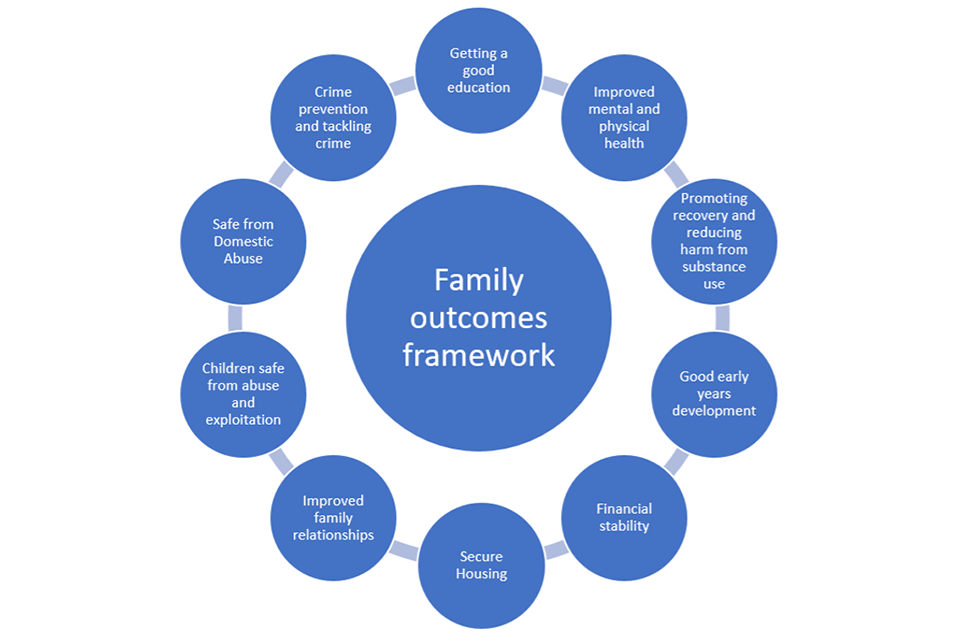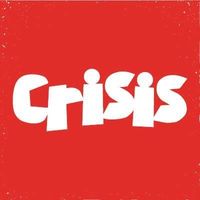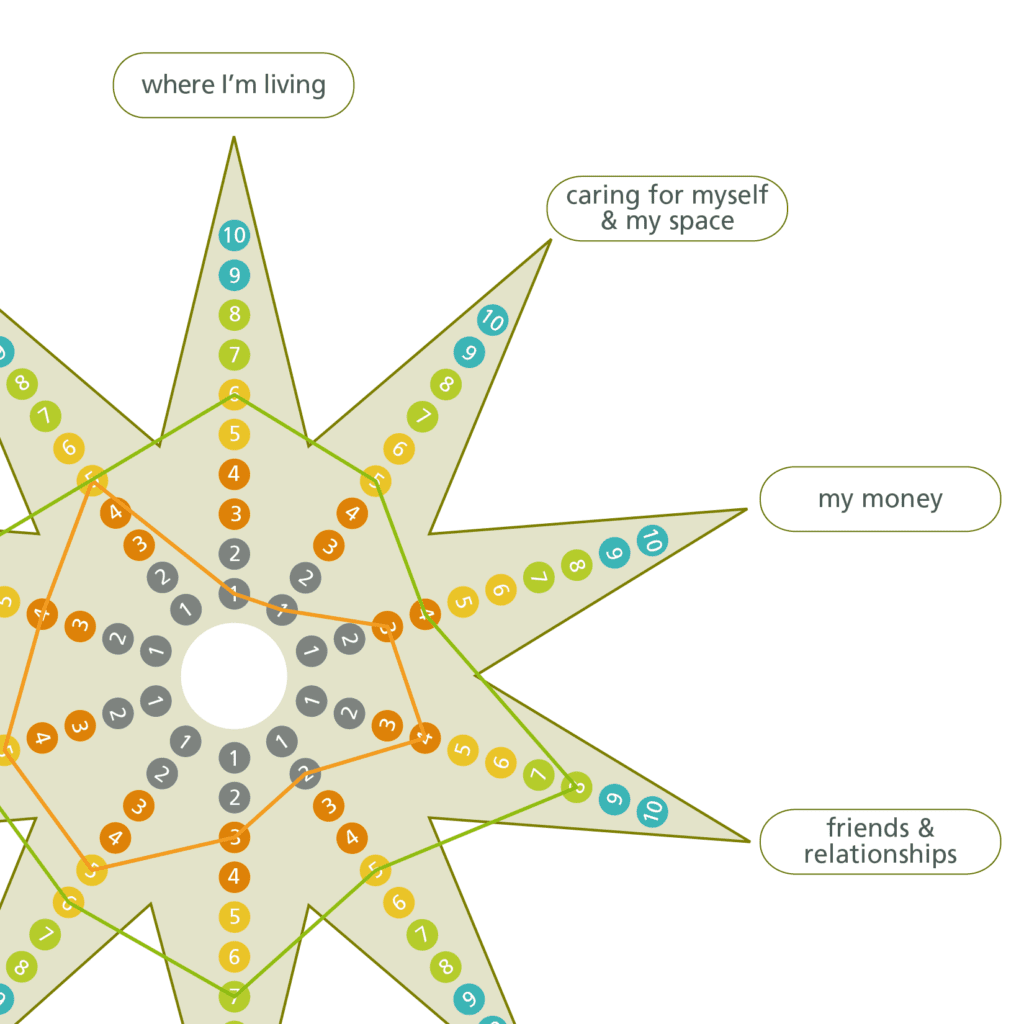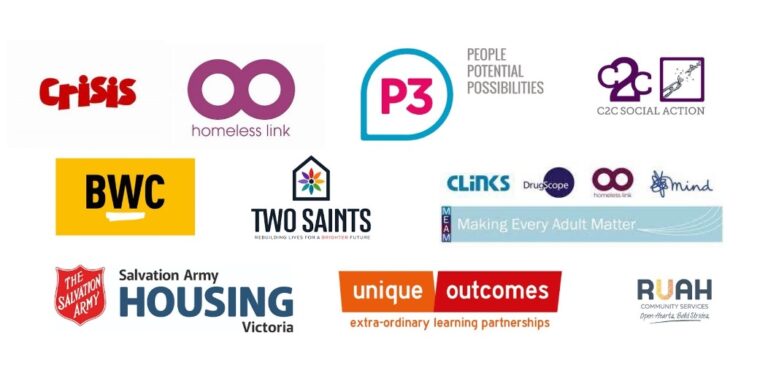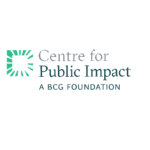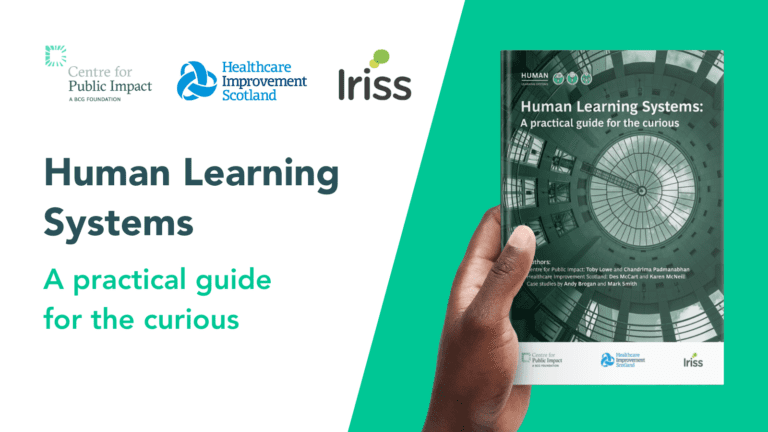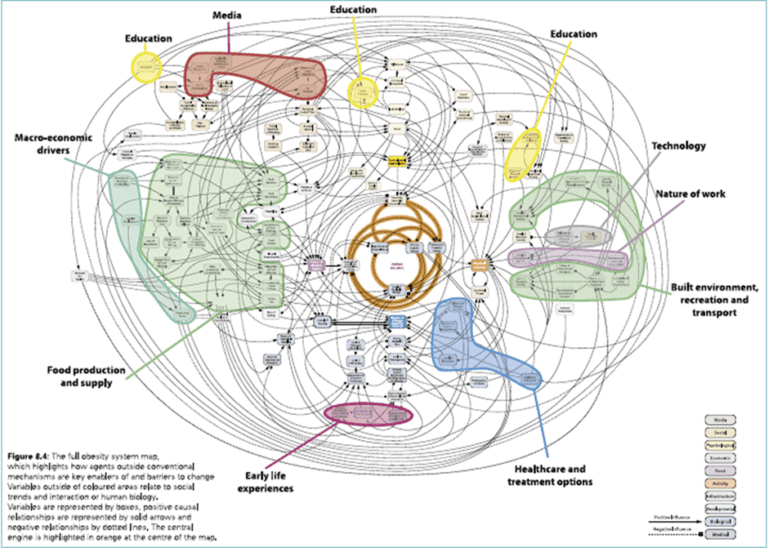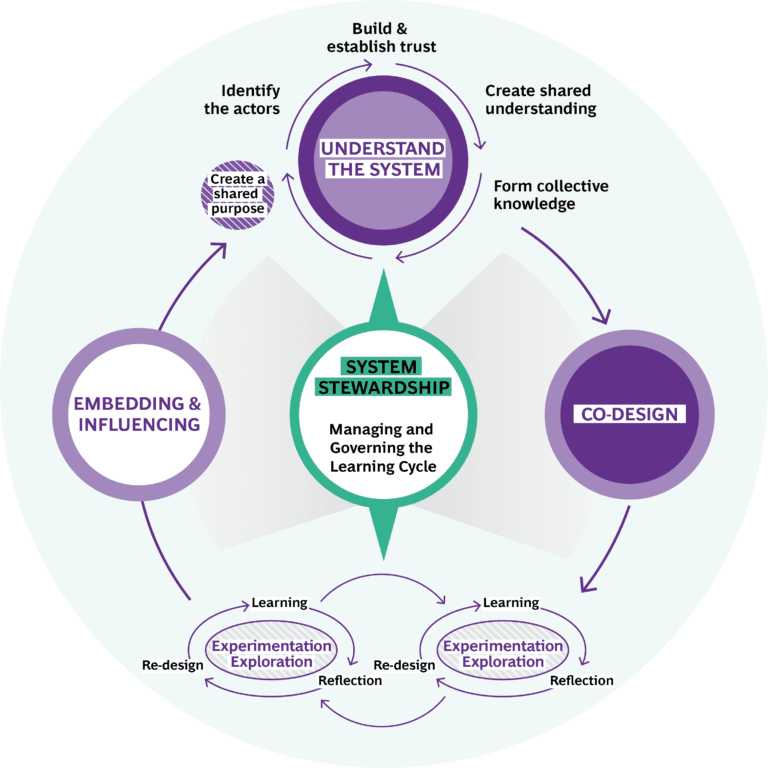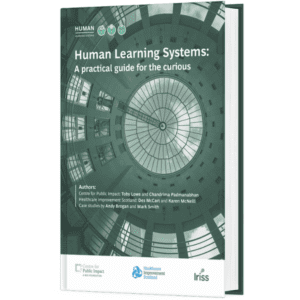We are reviewing My Star and are keen to hear from people using it with children and families. Tell us about your experience using the tool – what works well? What needs to change to meet the current needs of the children you are working with. We appreciate changes that have happened in the last five years such as the pandemic since My Star was published in 2017.
Developing and reviewing the suite of over 40 Outcomes Stars is a dynamic process, and we rely on people sharing their experiences and suggestions so we can best respond to your current needs.
We invest part of the Star Licence fee in ongoing Star review and improvement and creating new resources, to keep the tools up to date, accessible and reliable.
Background
My Star is for children in vulnerable families or being looked after by foster carers or in a children’s home. It is mainly used with those aged 7-14 but can be used more broadly.
Triangle developed My Star in 2016-17 in collaboration with a range of family support workers and other professionals. The My Star collaborators included Family Action, Action for Children, Westminster Council and Coram, plus several smaller organisations through part-funding from the UK Government Department for Education Growing our Strengths programme.
Tell us what you think today – what works and what could be improved?
Sara Burns leads on the development of the Stars. Please contact us with your feedback and suggestions or arrange a call: sara@triangleconsulting.co.uk. We look forward to hearing from you!



